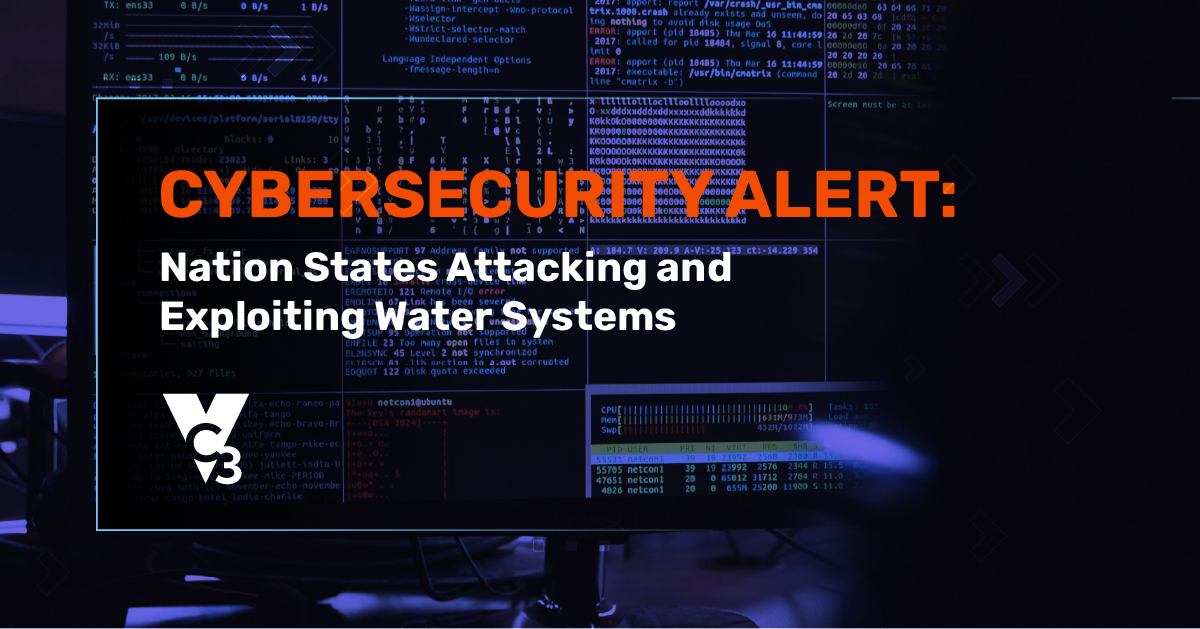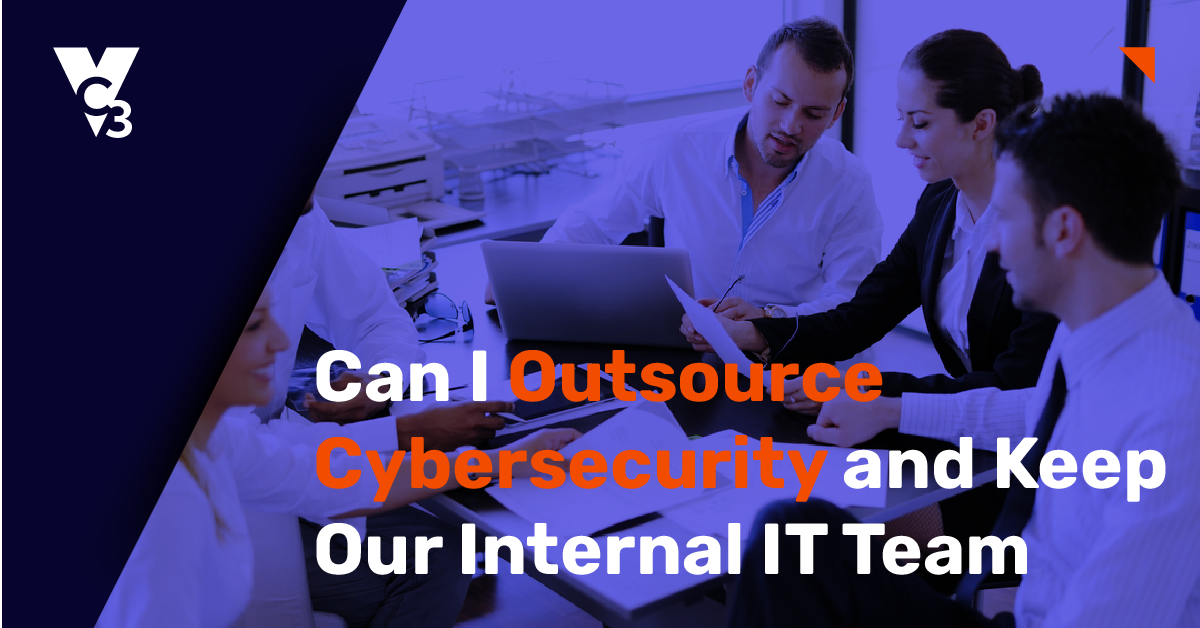As of this blog post publication, Windows 7 currently has a 32 percent market share on desktops and laptops. Yet, Microsoft stopped supporting Windows 7 on January 14, 2020. What does this end of support mean? A few things:
- Microsoft no longer provides technical support for Windows 7 (with only some very rare or super-costly exceptions).
- Microsoft no longer provides software and feature updates for Windows 7.
- Microsoft no longer provides security updates for Windows 7.
Rationale for staying on Windows 7 often involves certain attitudes, myths, and assumptions that can be dangerous.
- “They’re trying to scare me with empty threats. This is just a way for Microsoft to make money. They force upgrades on people. I’m sticking with Windows 7.”
- “My security tools will make sure Windows 7 stays secure.”
- “My IT support vendor can keep Windows 7 running for me.”
These statements are misleading and inaccurate, as we will see below. And while you may not like Microsoft’s business model, reality is reality. If they are no longer supporting software released in 2009 (an eternity in IT time), then that means they are no longer supporting it.
Let’s look more closely at the dangers of staying on Windows 7.

1. Security
This is your biggest concern—by a longshot. Windows 7 will no longer receive security patches. That’s important. Software patches are an essential part of a security strategy. Vendors patch software on a regular basis as security vulnerabilities are discovered. Without patching, hackers have a way to break into your systems, deliver ransomware and malware, and steal data.
The longer Windows 7 does not get patched with any security updates, the less secure it becomes. If any of your city employees use Windows 7, then their desktop or laptop is like an unlocked door that welcomes burglars to City Hall.
What about endpoint detection and response (EDR) software? No—it won’t protect Windows 7. Software patches and EDR software are completely different tools protecting completely different security vulnerabilities.
- Think of cyber threats like an unauthorized person trying to enter a restricted room in City Hall (such as the mayor’s office) through a legitimate, monitored entrance. EDR would be your mechanism (city employees, security guards, sign-in processes) to detect if unauthorized people have entered and respond before they can do any damage.
- Think of software vulnerabilities (such as Windows 7 vulnerabilities) like parts of your City Hall building where people can break in (unlocked doors, windows, openings, etc.). Patching is like a lock, a security alarm, or building improvements that prevent people from entering or wandering inside through a building vulnerability.
Your EDR software can prevent viruses and malware from infecting your computer, but a weakened Windows 7 will remain open for hackers to exploit through vulnerabilities in the software.
2. Basic computer functioning
Without patching, functionality with Windows 7 becomes a risk. Computers may freeze. Unpatched software bugs impact your employees doing work. Your IT support vendor flounders as they try to work around a dying operating system. If you are non-technical, it’s easy to think of computers like cars or appliances. Get a good mechanic and they can fiddle around with the machine until it works.
Computer operating systems do not work this way. There are no “Windows 7 mechanics” with access to the software’s source code. As Windows 7 grows more obsolete, this unsupported operating system will become less functional as it lacks regular patching and updates.
3. Incompatibility with modern applications
Why do people upgrade their smartphones so often? It’s because they want popular apps to work, videos to play without slowing or freezing, and GPS to work smoothly. That’s exactly the rationale behind transitioning from Windows 7 to a newer operating system. The obsolete, unsupported Windows 7 will not be able to support many modern applications.
Think about it. If Windows 7 was released in 2009 and mainstream support ended in 2015, that means at least five years (again, an eternity in IT) have passed since Windows 7 was considered a modern operating system. So many modern applications built or upgraded since 2015 exceed the software limitations of Windows 7 and may not work. As time goes on, you may encounter situations such as:
- Wanting to upgrade your accounting software, but unable to do so because you have Windows 7.
- Running into issues with cloud software that you access over the internet because Windows 7 is incompatible with certain up-to-date modern features.
4. Obsolete hardware
Where you find Windows 7, you will also likely find obsolete, aging hardware. For a more in-depth look at why you need to modernize your hardware, read our post “5 Reasons to Modernize Your Hardware.” Specific to Windows 7, it’s actually beneficial to upgrade hardware at the same time you upgrade your operating system. If you cling to Windows 7 and old hardware, your support costs will increase more and more, making that original hardware investment even more expensive as you pour money into dying technology. Instead, modern hardware is less expensive and faster than what you bought five or 10 years ago. In addition to running a modern operating system like Windows 10, modern hardware will also improve your municipality’s productivity and ability to use modern software.
5. Compliance
Municipalities must comply with laws that require them to secure and protect sensitive and confidential data. If you use Windows 7 knowing that it is no longer supported and patched, then you place your city’s information at risk. Continuing to use Windows 7 may create legal and compliance risks related to the security and protection of tax, public safety, payment, personnel, and other sensitive information.
Upgrading from Windows 7 is overdue and essential—especially now that no more patches or support will come your way. While making the investment to upgrade hardware and software may seem like a lot of money, the costs and risks are much higher if you stick with Windows 7 as it grows less secure and reliable over time. If you’re still on Windows 7, we urge you to make the move to upgrade today.
Need help upgrading from Windows 7 to a newer operating system? Don’t know where to begin? Reach out to us today.
Original Date: 2/19/2020





